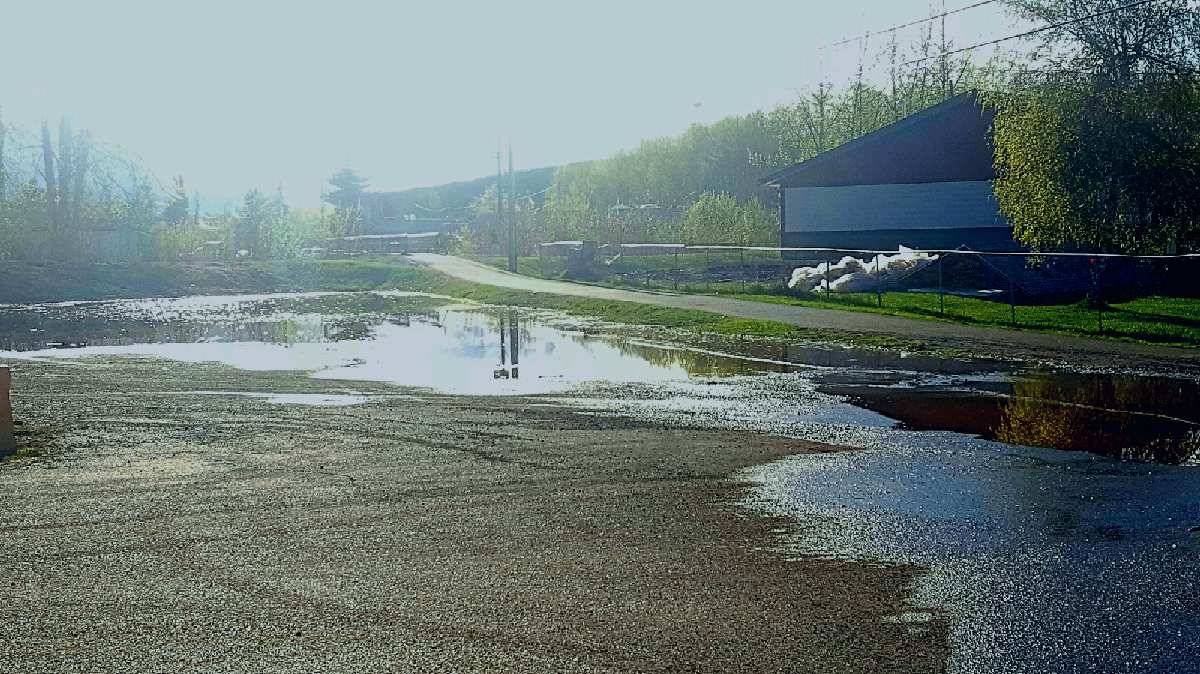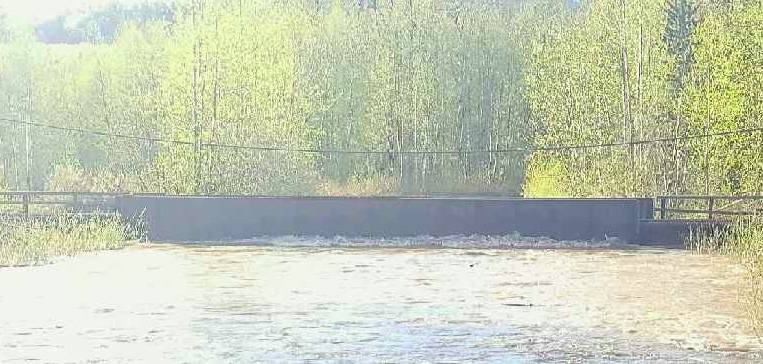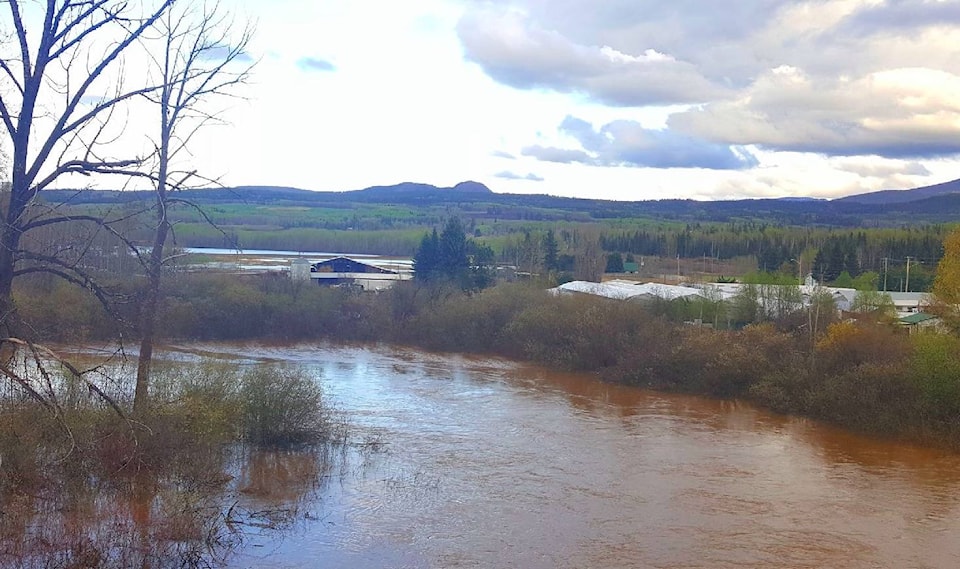The District of Houston has been working around the clock to ensure that flooding has minimal impact to local residents.
Water levels have risen over the past two weeks in Houston, causing the B.C. River Forecast Centre to upgrade its advisory for the Bulkley River last Thursday to a flood warning, which includes tributaries around Houston, Smithers and adjacent areas.
READ MORE: Water on the rise in Houston
In order to effectively address the rising water levels, the district has deployed groundwater pumps to discharge groundwater from residential areas into the Bulkley River.
“Crews are being deployed on shifts to ensure these pumps operate without interruption,” said Gerald Pinchbeck, Houston’s Chief Administrative Officer.
In addition, Henry Creek Pumping Station continues to discharge water from Henry Creek into the Bulkley River, and district staff have been monitoring water levels to ensure that freeboard remains on the local dikes.
“Sand and sandbags have been delivered to those residents who have requested them, and will continue to be made available to those residents wishing to make use of them,” said Pinchbeck. “District staff will continue to diligently monitor water levels, and will respond appropriately to rising water levels.”
As of Thursday, the Bulkley River near Houston was flowing at 270 cubic metres per second and rising. Continued rises of up to 300-350 cubic metres per second were expected on Friday.
Meanwhile the Bulkley River near Smithers was flowing at 1250 cubic metres per second, with a gauge height of approximately 5.5 metres as of Thursday. Additional rises in the 5-10 centimetre range were expected later that day.
“At this time, residents in affected areas should ensure that they take precautionary measures and familiarize themselves with flood preparedness information,” added Pinchbeck.
Precautionary measures include:
- Making a phone list of family and emergency numbers. The list should include at least one out-of-area contact in case local phone and mobile networks are overwhelmed;
- Knowing how to turn off utilities such as electrical panel, and water and gas valves;
- Storing emergency water. You will need at least four litres (one gallon) of water per person, per day. A family of four will need 48 litres of water for a three-day supply;
- Stocking emergency supplies. Have enough non-perishable food to support your family for at least three days. If the power is out, use the food from your fridge and freezer first, followed by your pantry. Ensure you have a suitable food supply for babies, toddlers and pets;
- Considering special needs. Medical records may be difficult to access during a disaster. If you rely on a prescription, aim to have a month’s supply available at all times. If you can’t, keep a copy of your prescription, dosage and name of the prescribing doctor with your emergency supplies;
- Creating a grab-and-go bag. Don’t count on being home when there’s an emergency. There’s also a chance you may have to evacuate your house on short notice. To prepare for these possibilities, create grab-and-go bags for your home, work and vehicles. This bag should include items such as food and water, flashlight and batteries, AM/FM radio, medications, seasonal clothing, cellphone charger, first-aid kit and copies of important documents.
Last month authorities warned of potential flooding across the province, with snow melting rapidly as temperatures soared. The unseasonably hot weather comes after a long winter that has left a heavy snowpack in its wake.
The Regional District of Bulkley-Nechako (RDBN) has asked the public to refrain from recreating on or near the Bulkley River, including small streams and tributaries.
If you require sand or sandbags to protect your primary dwelling at imminent risk of flooding, you may contact the RDBN at 250-692-3195 from Monday to Friday, between 8:30 a.m. and 4:30 p.m.
Questions about local flooding issues should be referred to the District of Houston office at 250-845-2238 or by email at doh@houston.ca. In case of an emergency, residents should call 911 or the district’s on-call staff at 250-845-8591.
The River Forecast Centre will continue to monitor conditions and update the flood warning as conditions warrant.
@flavio_nienow
flavionienow@gmail.com
Like us on Facebook and follow us on Twitter.


